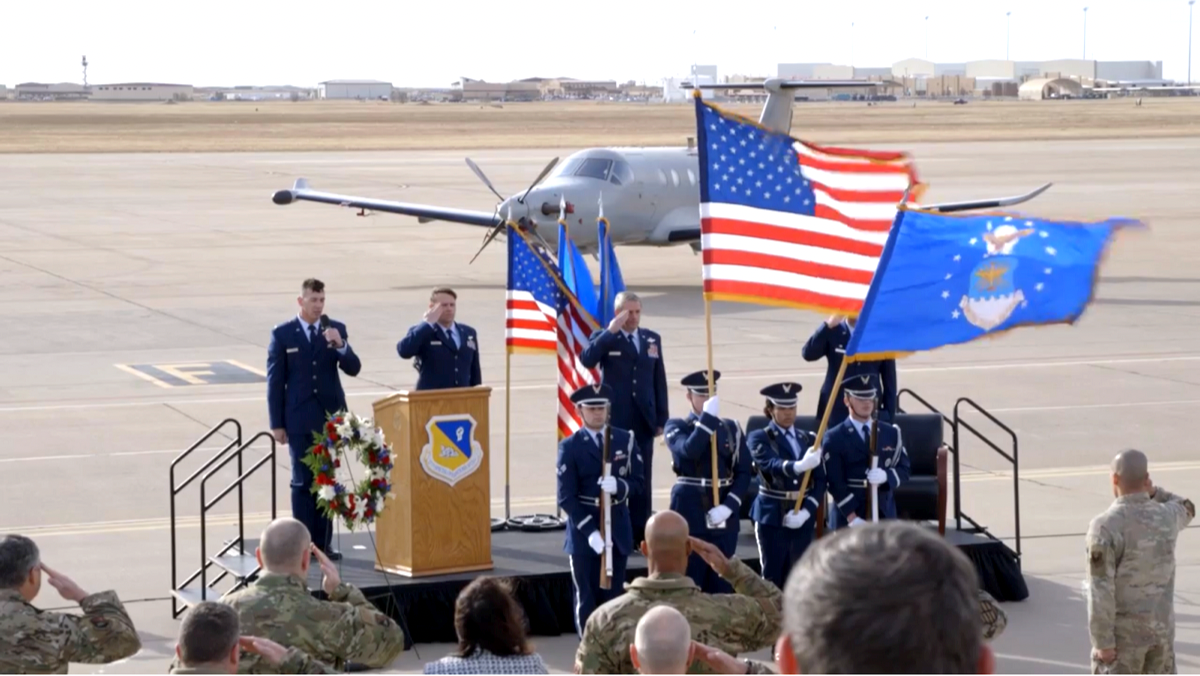Culture in the Cockpit
I just had one of those fabulous “dream client” experiences that make it all worthwhile. It was the sort of interaction where you hear that they not only love your work, but they use words like “strategic partner” during the conversation and openly discuss their Vision for the future. When you’re in the business of creating premier properties and building lasting relationships, that’s heady stuff; it inspires us to do even more, to reach even further to exceed expectations and to find new ways to add value for them.
During the course of the conversation, this executive from the client firm made another comment that resonated with me. He talked about the Culture in the Cockpit and was describing the type of organizational openness that leads to collaboration and success. Alternately, he referred to the lack of clear communication and willingness to speak up that can lead to an organizational crash.
In the business of airline transportation, the stakes are extremely high. Passengers lives depend upon how well all systems operate, from takeoff to landing, to ensure a safe arrival at the intended destination. The Culture in the Cockpit is at the center of the journey and determines the ultimate outcome. Much has been written on this subject; in fact, a favorite book by Malcolm Gladwell titled Outliers devotes an entire chapter to this very subject. While the focus there was on exploring how underlying “country culture” affected openness and clarity of airline cockpit communication, the interpretation can easily be extended to business.
The CEO and executive leadership in a business operate the directional “flight” of the business; it’s not hard to envision a cockpit, where the flight plan is mapped out and in-flight adjustments are made along the way. At the heart of this process is robust communication: both what occurs inside the cockpit, where ideas are openly shared and explored; and what is expressed outside the cockpit to crews, support personnel, customers and the community in general. The Culture in the Cockpit influences how efficiently, effectively and safely the business progresses on its journey. Failure to communicate clearly has dire consequences.
Every work group inside a business (crew, branch, department, etc.) has its own “cockpit” and possesses the opportunity to influence the overall success of the enterprise. The more clearly that communication occurs, the smoother the flight path and more pleasant the trip will be for everyone involved. Regardless of the size of the airplane, the personal stakes are the same for everyone on board.
What’s the Culture in Your Cockpit and what can You do to improve it? Enjoy the journey!
During the course of the conversation, this executive from the client firm made another comment that resonated with me. He talked about the Culture in the Cockpit and was describing the type of organizational openness that leads to collaboration and success. Alternately, he referred to the lack of clear communication and willingness to speak up that can lead to an organizational crash.
In the business of airline transportation, the stakes are extremely high. Passengers lives depend upon how well all systems operate, from takeoff to landing, to ensure a safe arrival at the intended destination. The Culture in the Cockpit is at the center of the journey and determines the ultimate outcome. Much has been written on this subject; in fact, a favorite book by Malcolm Gladwell titled Outliers devotes an entire chapter to this very subject. While the focus there was on exploring how underlying “country culture” affected openness and clarity of airline cockpit communication, the interpretation can easily be extended to business.
The CEO and executive leadership in a business operate the directional “flight” of the business; it’s not hard to envision a cockpit, where the flight plan is mapped out and in-flight adjustments are made along the way. At the heart of this process is robust communication: both what occurs inside the cockpit, where ideas are openly shared and explored; and what is expressed outside the cockpit to crews, support personnel, customers and the community in general. The Culture in the Cockpit influences how efficiently, effectively and safely the business progresses on its journey. Failure to communicate clearly has dire consequences.
Every work group inside a business (crew, branch, department, etc.) has its own “cockpit” and possesses the opportunity to influence the overall success of the enterprise. The more clearly that communication occurs, the smoother the flight path and more pleasant the trip will be for everyone involved. Regardless of the size of the airplane, the personal stakes are the same for everyone on board.
What’s the Culture in Your Cockpit and what can You do to improve it? Enjoy the journey!







2 Comments
Leave a Reply
Todd Pugh
4 years agoGreat thoughts and so true!
Bill_Dellecker
4 years agoThanks for joining the conversation, Todd!